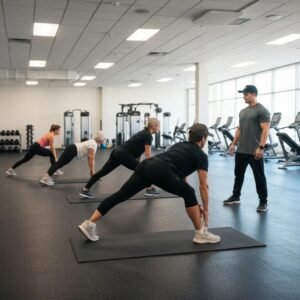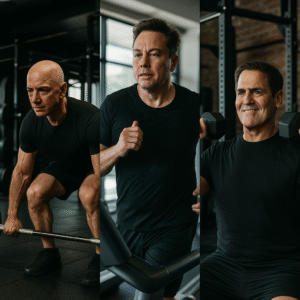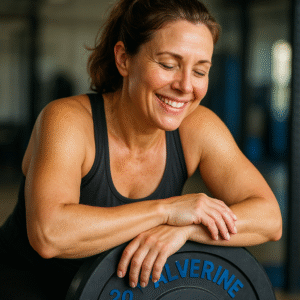We all know the saying “no pain, no gain.” Hence, after we workout heavily in the gym, we expect to be sore the day after, and even more so the day after that. This phenomenon is known as Delayed Onset Muscle Soreness or DOMS. However, did you know that it is actually possible to work out and significantly reduce – while not 100% eliminate – DOMS? Having DOMS doesn’t mean that you have worked out more or that you have gained more muscle tissue. Indeed, sometimes, no pain means gain. So how do you achieve this?
Condition Your Muscles
The first thing you absolutely must do is condition your muscles.
“Ensuring that you warm up before exercising by lightly working the same muscles that you are going to train can go a long way to reducing DOMS. Bodyweight exercises or light weights can be good for this.”
It is about more than that, however. Really, what you must do is allow your muscles to get used to the exercises you will put them through. Slowly does it, in other words. You may have the initial strength to deadlift 400 lbs when you first start, but if you then force yourself to do three sets of 10 reps of that, you will hurt in the morning, meaning longer recovery times and slower progress. Do what feels comfortable instead, so you start to struggle on the eight rep. Then slowly build your weights up.
Water, Water, Water!
The second incredibly important thing is that you should always be fully hydrated.
“Drinking plenty of water is one of your best defenses against muscle soreness. A good rule of thumb is to drink half an ounce of water per pound of bodyweight. So, if you’re 200 lbs, drink 100 oz of water daily. Sound like a lot? Start chuggin!”
Also, make sure that you are not just hydrated during your workout. While it is vital that you have a bottle of water next to you when you workout, you should also drink properly before you start and afterwards as well. Water is the building block of life, and there is no such thing as too much water.
Take Hot and Cold Baths
This sounds like absolute torture, but hot and cold baths work really well, and this has been scientifically proven.
“A common theme here so far is blood flow to transport nutrients to the muscle and clear metabolites. Physiotherapists advise contrast heat and cold to cause alternating vasodilation/vasoconstriction of the blood vessels at the affected area. Switch every 2 minutes between hot and cold. Don’t use extreme temperatures.”
If jumping between hot and cold showers sounds like torture, there is a much more relaxed way that you could achieve this. In fact, most good gyms will enable you in this as well. That method is the sauna. Having a hot sauna followed by a cold dip, followed by a few minutes in the steam room is a relaxing, far more comfortable way to achieve the same results. Plus, it means your pores are cleaned as well, leaving you with healthy skin.
These are just a few of the methods to help you lessen the effects of DOMS. The most important of these is the warm up. Interestingly, most people think that stretching after your workout, during the cool down process, is actually the most beneficial. In reality, however, unless you were to go from the gym straight into your bed, the warm up is far more vital. Your muscles will cool down through regular movement, but you have to properly prepare them for the workout you are about to do.







